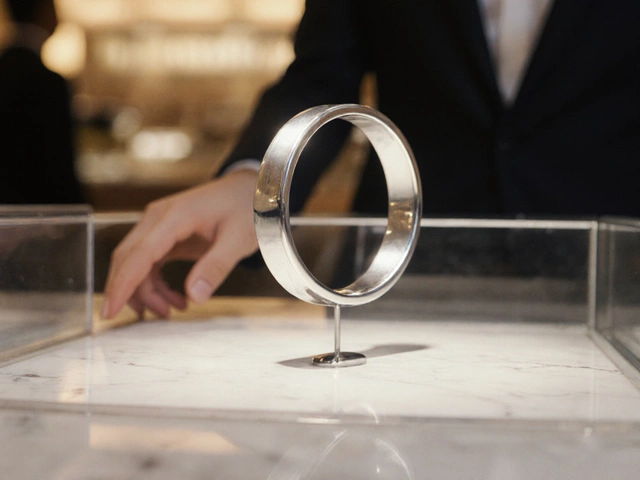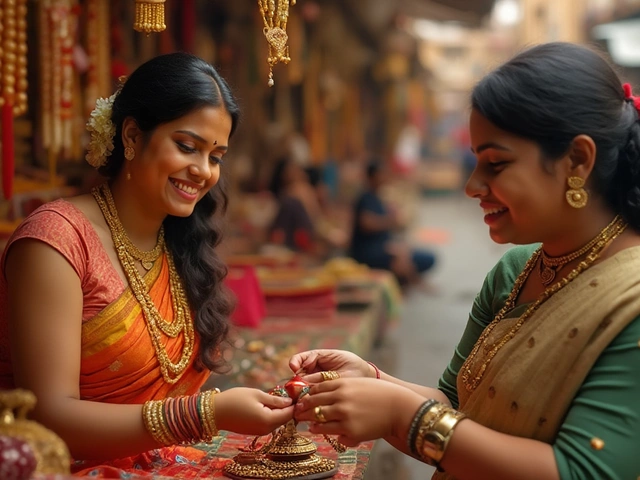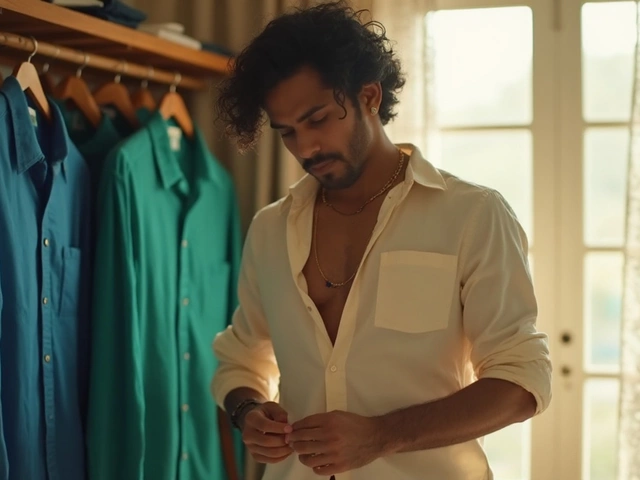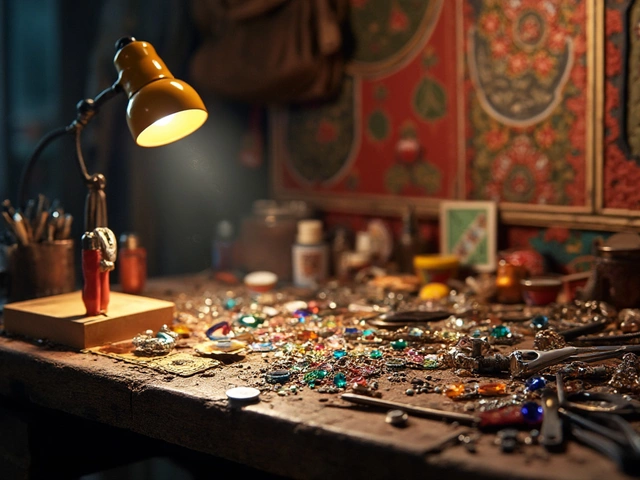Superstition in Indian Jewellery: What You Need to Know
Every time you pick up a piece of gold or a black bangle, there’s a chance a old belief is guiding your decision. From breaking glass at a wedding to the colour of a mangalsutra bead, superstition weaves through Indian jewellery like a hidden thread. Understanding these ideas helps you avoid unwanted mishaps and lets you enjoy your accessories with confidence.
Common Beliefs and Their Roots
One of the most talked‑about superstitions is the fear of breaking glass. In many Hindu households, cracking a glass bowl is thought to invite bad luck or signal a family dispute. The belief stems from ancient rituals where a clear sound represented purity, so a broken piece was seen as a disruption. While modern families often ignore it, you’ll still hear advice like “Don’t smash the glass during a puja.”
Black bangles and black beads in a mangalsutra carry their own stories. Traditionally, black is linked to protection against the evil eye. Wearing black bangles is believed to keep negative energy at bay, especially for brides. In a mangalsutra, the black bead acts as a shield, balancing the gold’s prosperity vibes with a guard against misfortune. Many couples still choose designs with a single black element for this very reason.
How Superstitions Influence Buying Decisions
When you shop for gold, you’ll notice buyers asking about hallmark numbers like 875 or 833. Though these are purity marks, some shoppers also worry about the colour of the stamp—thinking a faded stamp means the gold is cursed. It’s a myth, but it affects confidence. The same goes for nose pins; many believe that certain shapes bring luck or ward off evil, so they pick studs that match their family’s tradition.
Even the timing of a purchase can feel superstitious. Some people swear the best month to buy gold is during certain festivals when prices are lower and good fortune is said to be higher. While market data can back up price trends, the added belief in auspicious timing makes the purchase feel safer.
Understanding these superstitions doesn’t mean you have to follow every one. It simply means you can separate fact from folklore, decide what matters to you, and avoid buying items that feel off because of an old belief. If a seller mentions a myth you’re not comfortable with, ask for alternatives—most retailers know modern designs that respect tradition without the extra baggage.
In short, Indian jewellery superstition is a mix of cultural history and personal comfort. Whether you’re drawn to black beads for protection or avoid breaking glass at celebrations, knowing the why helps you make smarter choices. Use this knowledge to pick pieces that fit both your style and your peace of mind, and enjoy wearing your jewellery without a second‑guessing glance.
What Does It Mean If Your Mangalsutra Breaks? Real Insights and Practical Tips
A broken mangalsutra can spark worry and curiosity—what does it really mean when this traditional thread snaps? This article breaks down the actual reasons behind it, from daily wear and tear to popular beliefs. You'll learn how to handle the situation, whether you need to be concerned, and get simple tips for repairing or replacing your mangalsutra. Plus, there's useful info on caring for different mangalsutra designs so you can keep yours safe and strong. Everything you need is here to put your mind at ease and keep your tradition going.





